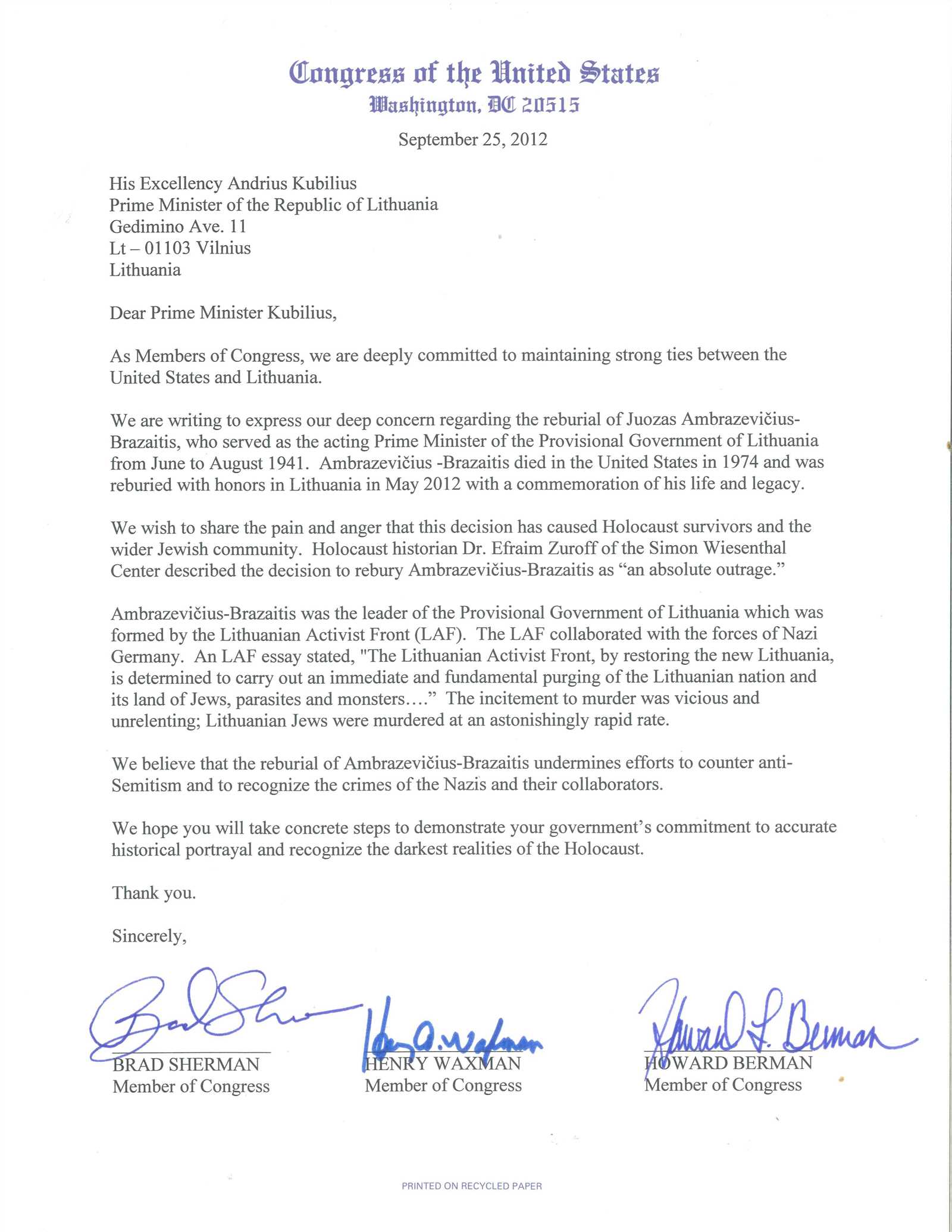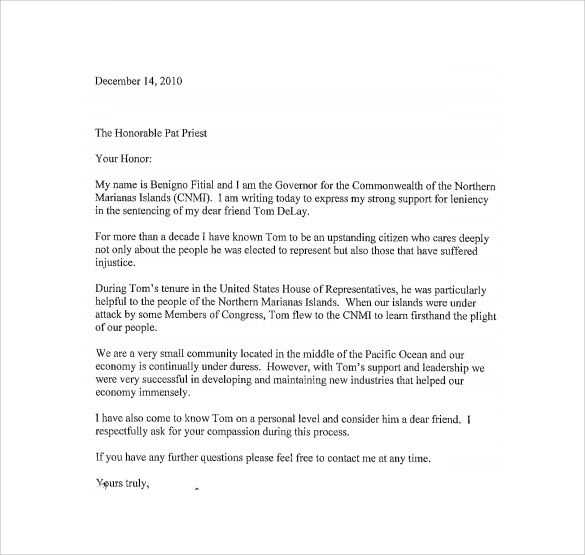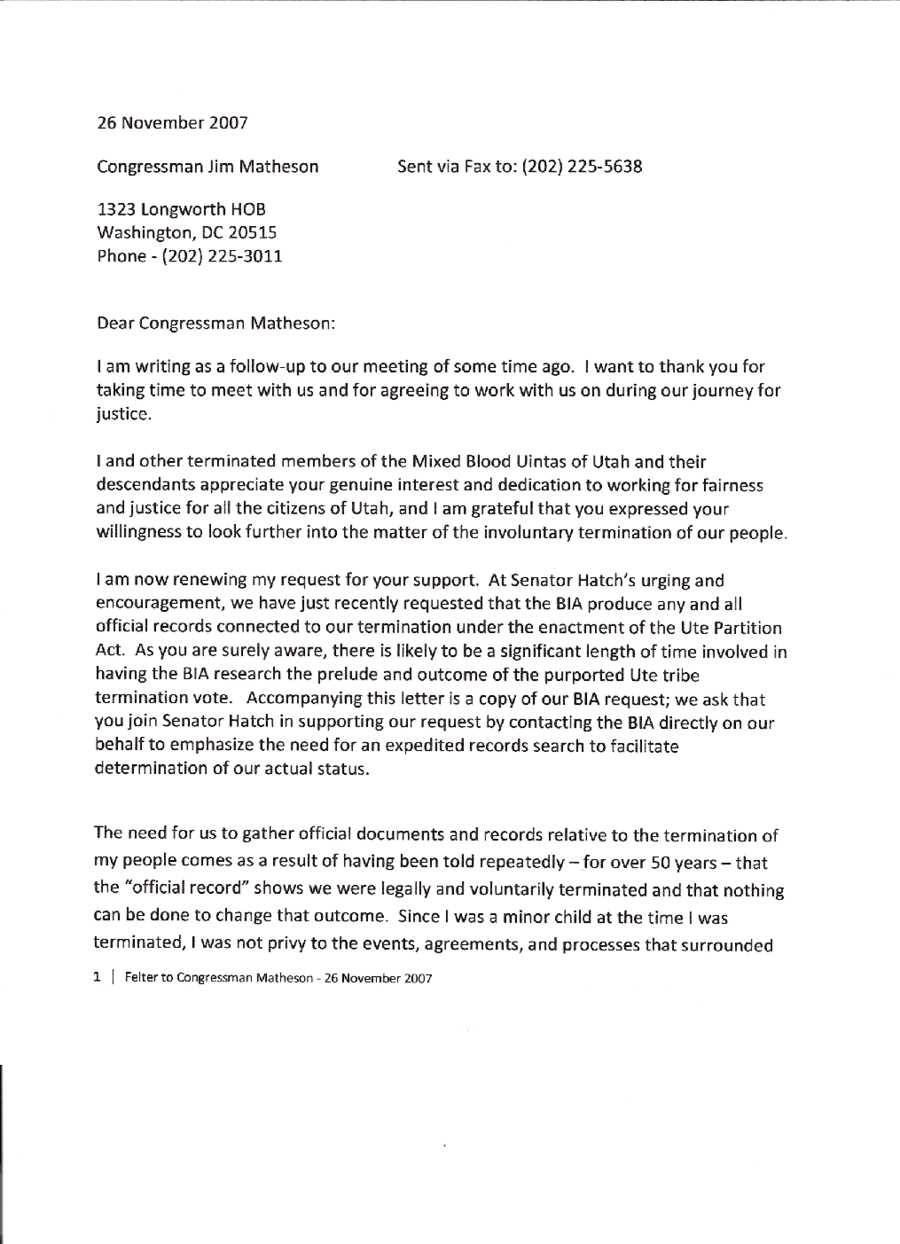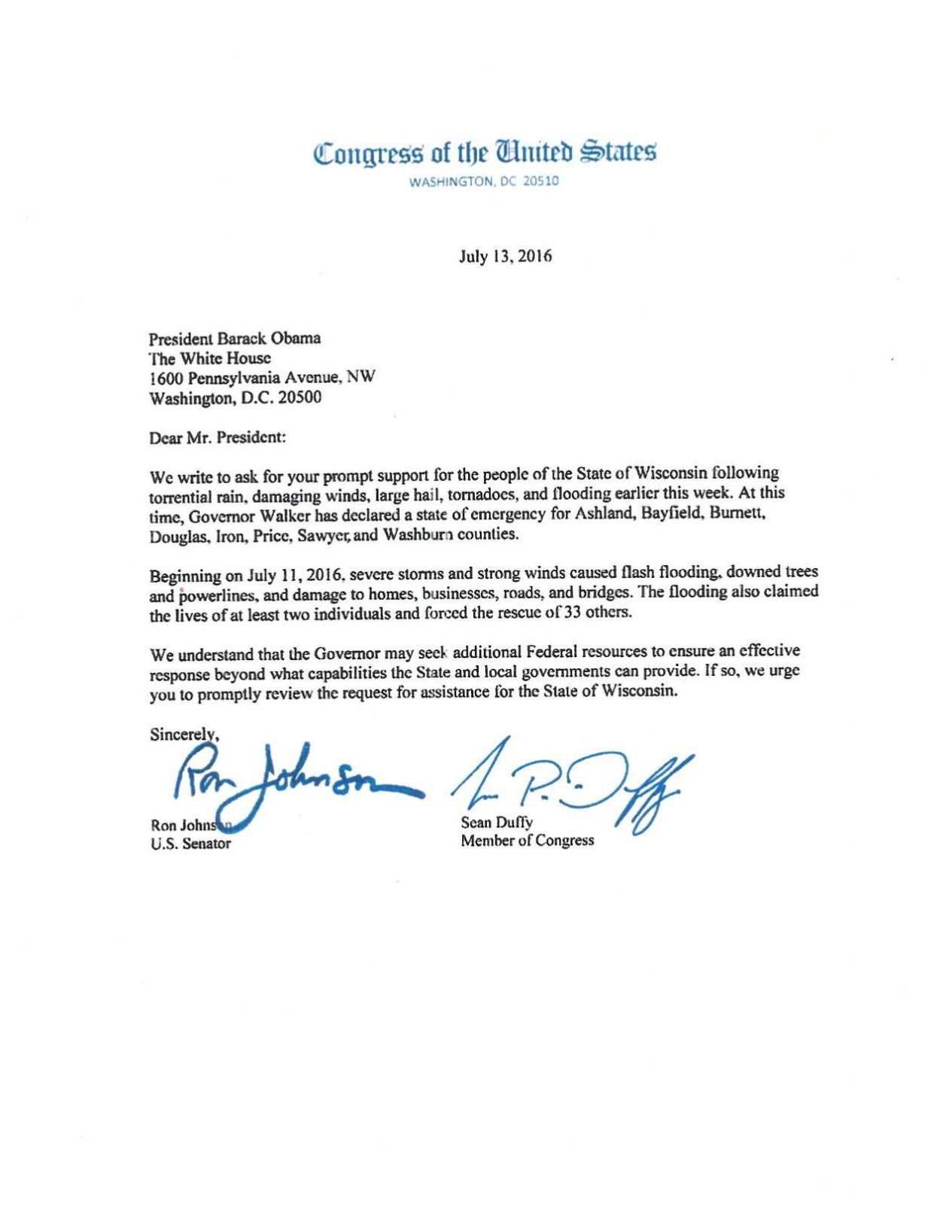Template for Writing a Letter to Your Congressman

Reaching out to your elected representative is an important part of the democratic process. Whether you want to voice your opinion on a pressing issue or request assistance with a concern, knowing how to craft an effective message can make a significant impact. Below are the essential elements to consider when drafting a formal communication to your representative.
Key Components of an Effective Message
When preparing your communication, there are several crucial parts that need to be included to ensure clarity and professionalism.
- Introduction: Start by introducing yourself and explaining why you are reaching out.
- Clear Purpose: Make your reason for contacting them clear and concise, focusing on one primary issue.
- Supportive Details: Include any relevant facts, statistics, or personal experiences to strengthen your case.
- Action Request: Politely ask for a specific action or response, outlining what you hope to achieve.
Choosing the Right Tone
It’s essential to maintain a respectful and professional tone in all communications. Whether you’re expressing support or disagreement, always keep the conversation civil and constructive.
Common Mistakes to Avoid

When drafting your message, avoid being overly emotional or vague. Stay focused on the issue and be precise in your request. Additionally, refrain from using offensive language or unsupported claims, as this could detract from the seriousness of your message.
Final Steps: Sending and Following Up
Once your message is ready, send it through the appropriate channels. Most representatives have online contact forms or dedicated email addresses for public communication. After sending, consider following up if you haven’t received a response within a reasonable time frame.
Why Reach Out to Your Representative

Communicating with elected officials is a powerful way to actively engage in shaping public policy. Whether addressing concerns, supporting causes, or requesting action, it’s crucial to understand the impact of your message and how to make it heard effectively. By crafting a clear and focused request, you can make your voice count in important discussions.
Understanding the Purpose of Advocacy
Advocacy is the process of influencing decisions within political, economic, and social systems. Writing to your representative allows you to advocate for change, inform them about specific issues, and influence their stance on important matters. A well-crafted message can be a key part of rallying support for policies that affect you and your community.
Key Elements of an Effective Communication
When drafting your message, include the following components:
- Introduction: Briefly introduce yourself and your purpose for contacting them.
- Focus: Address one issue at a time to avoid confusion.
- Support: Back up your request with facts, evidence, or personal experiences.
- Action: Specify what you would like your representative to do in response.
What to Include in Your Message
Being concise and to the point helps ensure your message is clear and impactful. Start with a polite greeting, followed by a clear statement of your concern or request. Provide relevant details or context, and make sure to end with a direct call to action. Always thank them for their time and attention.
Best Practices for Clear Communication

To avoid confusion and improve the likelihood of receiving a response, follow these best practices:
- Be Respectful: Maintain a courteous tone, even when disagreeing.
- Stay Focused: Keep your message clear, concise, and on-topic.
- Use Simple Language: Avoid jargon or overly complex sentences.
Tips for Writing a Persuasive Message
To persuade effectively, appeal to both logic and emotion. Present clear, fact-based arguments while also showing how the issue affects real people. Personal stories can help make your point resonate with the reader, making them more likely to take action.
Common Mistakes to Avoid
When reaching out, steer clear of these common errors:
- Being Too Aggressive: A combative tone may alienate rather than persuade.
- Overloading with Information: Too much detail can overwhelm and obscure your main message.
- Missing a Clear Request: Always end with a clear, actionable request.
How to Prevent Misunderstanding

To prevent confusion, keep your language simple and direct. Avoid ambiguity by being specific about what you are asking for, and be sure to check for any errors before sending your message. Ensuring your communication is clear and well-organized will help avoid misinterpretations.